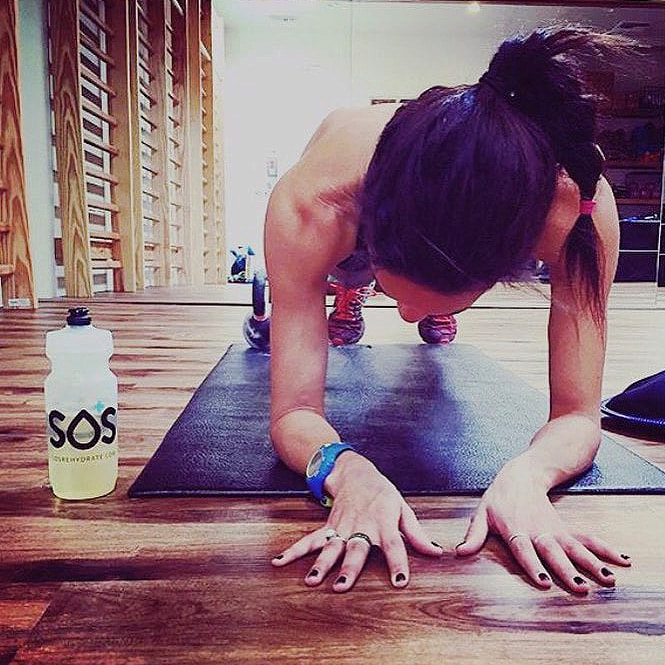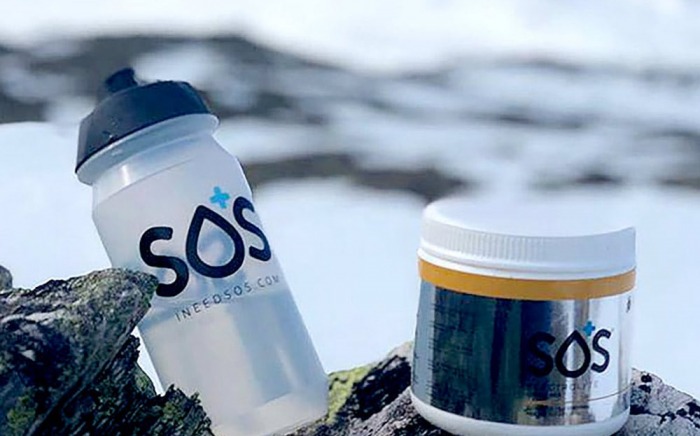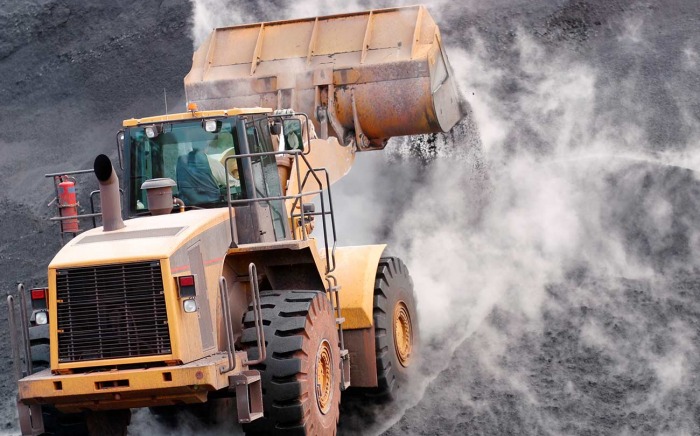Are you making sure your workers are hydrated? Dehydration in the workplace impacts productivity. SOS Hydration isn’t just for exercise and training. It’s for everyday life.

SOS helps your body rehydrate fully 3x faster than by drinking water alone. 🆘💧@aishapraughtleer on Instagram.
Dehydration doesn’t only occur on a hot day, or when you’re exercising. It’s surprisingly easy to become dehydrated (What is dehydration?), and the symptoms can affect everything from mood to productivity. It’s also important to recognize the difference between dehydration and thirst. Although the two are commonly confused, thirst is actually a sign that you’re already dehydrated, by which point your work performance can noticeably decrease. In addition, dehydration can cause additional symptoms, like headaches, fatigue, and even muscle cramps due to loss of electrolytes. (Electrolyte imbalance?) Considering that the average employee spends a third of their day at the office, it’s clear that getting enough water should be a priority, even while on the clock. Here are five easy tips to make sure you’re staying hydrated at work!
1. Bring a Water Bottle and Set Drink Reminders
To set yourself up for success, begin by bringing a reusable water bottle (or any cup of your choice) to work. Not only will you have water conveniently available at your desk at all times, but you’ll also save money on buying plastic water bottles everyday.
However, the job doesn’t end there. To make sure you actually remember to drink enough water and refill the bottle throughout the day, it’s helpful to have regular reminders. You can set phone alerts, download an app, or even use a water bottle that tracks your H2O intake as you go. Some people find it helpful to form new habits by linking two tasks together. For example, every time you finish a phone call or check the time, use that as a reminder to take a sip of water. Before you know it, it will become an automatic habit, and you’ll be hydrating on autopilot.
2. Eat Hydrating Foods for Snacks and Lunch
Have you ever heard the phrase “eat your water”? When it comes to hydration, it’s not only the liquid you consume that counts towards overall intake. In fact, many solid foods are actually comprised of 80-95% water, and adding more of them to your diet will help keep you hydrated throughout the day.
Among the best choices are fruits, especially melons, citrus fruits, and strawberries. A variety of vegetables are also packed with water, including cucumber, tomatoes, radishes, peppers, baby carrots, cauliflower, broccoli, and leafy greens (like lettuce, spinach, and kale).
Fruits and veggies aside, you can also include liquid-based foods, like smoothies, soup, and yogurt or cottage cheese, all of which help hydrate. Plan to have soup and salad for lunch a few times per week, sip a smoothie at your desk, or pack yummy snacks like yogurt, baby carrots, and fruit slices for an afternoon pick-me-up.
3. Avoid Diuretics
Unless you’re taking a prescription diuretic, it’s best to avoid over-consuming any foods that can contribute to dehydration. For most people, this means limiting caffeine to 400mg per day. Beverages like coffee, soda, black and green tea, energy drinks, and pre-workout supplements are among the most commonly consumed forms of caffeine. The daily limit of 400mg is equivalent to about 4 cups of coffee, two shots of an energy drink, or 10 cans of soda. If you find that your average intake is high, try swapping a few of your normal caffeinated drinks for decaf coffee, herbal tea, juice, or water with a squeeze of lemon.
4. Monitor Bathroom Frequency and Urine Shade
A surefire way to assess your hydration levels is to pay attention to your bathroom frequency. If you’re drinking enough water, then you should be making a trip to the restroom at least every couple of hours. Otherwise, it’s a sign that you need to consume more fluids. On the same note, the shade of your urine can also be a potential dehydration indicator. Though it varies from person to person, urine should have a pale shade, unless you’re taking a medication or supplement that affects the color. (For example, B-complex vitamins are known to turn urine a bright, fluorescent shade of yellow.)
5. Consume Electrolyte Drinks
Although drinking plain water is good, it doesn’t replenish electrolyte loss, and interestingly, it’s not actually not the fastest way to increase overall hydration. That’s why it’s a great idea to incorporate an electrolyte drink into your workday. Choosing the right product is important, as not all are created equal. One of the best options is a flavored electrolyte drink mix by SOS. Packaged in convenient single-serve packets (or cost-saving tubs), this hypotonic electrolyte-balancing drink hydrates the body 3 times better than drinking plain water. And unlike most typical sports drinks, it contains less sugar, more electrolytes, and has a faster rate of absorption.
Not only are electrolyte supplements effective, but flavored beverages of any type also encourage higher fluid consumption. Drinking something with a pleasant taste is an easy way to keep sipping, even subconsciously. SOS makes multiple flavors, so you can mix-and-match, or stick with your favorite, and hydrate away!







